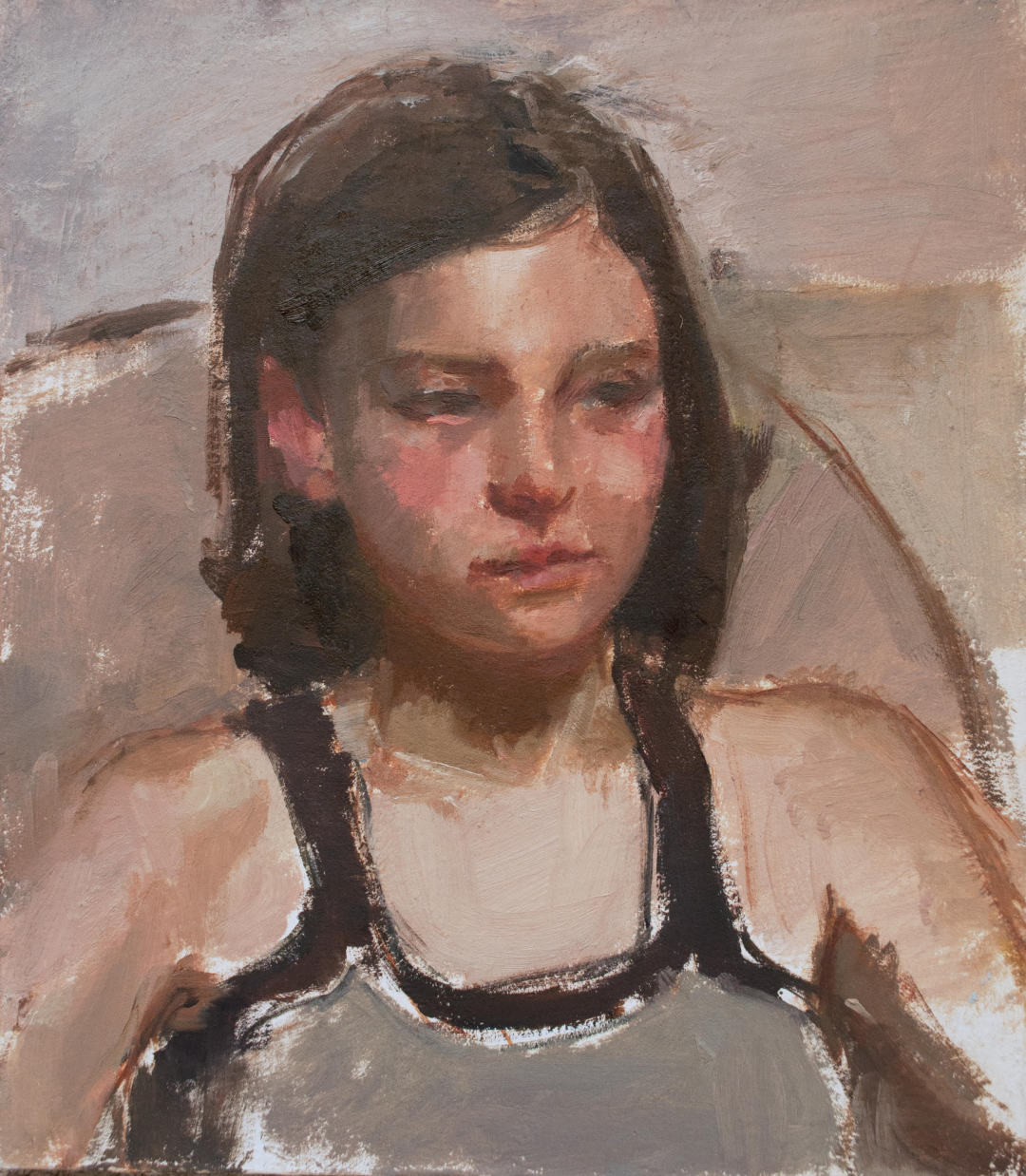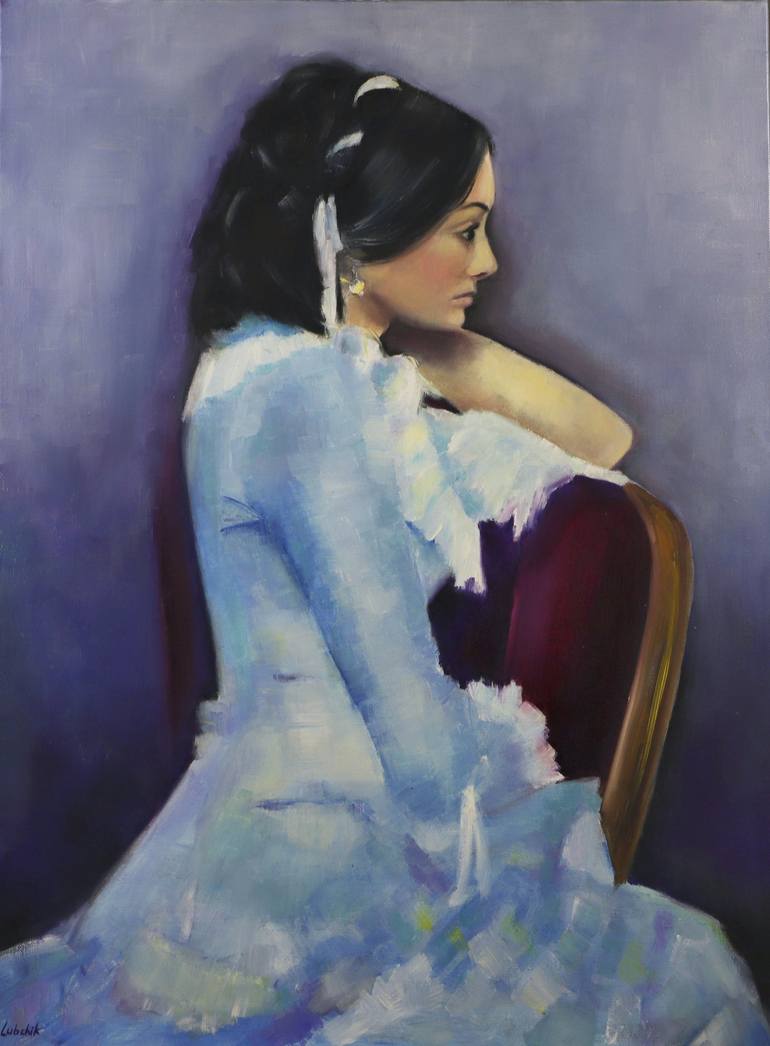The Evolution of Art: A Comprehensive Overview to Figurative Oil Painting
The Evolution of Art: A Comprehensive Overview to Figurative Oil Painting
Blog Article
The Role of Feeling and Expression in Metaphorical Oil Paint: A Thorough Analysis of Subject Issue and Make-up
The interaction of emotion and expression in metaphorical oil paint serves as a critical lens where one can analyze the elaborate relationship in between topic and composition. Artists harness numerous methods, from color option to brushstroke dynamics, to cultivate psychological resonance within their jobs. This nuanced orchestration not only forms customer perception yet additionally invites a much deeper inquiry into exactly how these components integrate to show the complexities of human experience. As we explore this abundant terrain, one must take into consideration exactly how certain situation studies light up the broader ramifications of these artistic options.
Recognizing Emotion in Art
Emotion in art offers as a powerful channel for expression, permitting musicians to convey intricate sensations with their job. In metaphorical oil paint, this emotional deepness is typically portrayed through the depiction of the human number, capturing the subtleties of human experience. The choice of subject issue, color palette, and brushwork all add to the psychological vibration of a piece.
Artists frequently bring into play individual experiences, societal problems, or universal motifs to stimulate feelings in the audience. A portrait might show susceptability, while a vibrant number in activity can signify liberty or chaos. These psychological strings attach the viewer to the artwork, fostering a dialogue that transcends the aesthetic tool.
Moreover, the interplay between light and shadow can enhance emotional intensity, directing the audience's gaze and accentuating particular components within the make-up. Using appearance in oil paint additionally adds layers of complexity, inviting a responsive response that boosts the psychological experience. Generally, comprehending emotion in art is important for appreciating the subtleties that identify metaphorical oil painting, as it transforms plain depiction into a profound exploration of the human problem.
Crucial Element of Structure
In the realm of figurative oil painting, the composition functions as the underlying structure that organizes aesthetic aspects and boosts the emotional narrative. Important components of make-up include balance, comparison, prime focus, and rhythm, each contributing to the total effect of the artwork.
Equilibrium refers to the circulation of visual weight within the painting, which can be accomplished through asymmetrical or balanced arrangements. A healthy structure provides stability, allowing the customer to engage with the item harmoniously - figurative oil painting. Contrast, on the various other hand, includes comparing different components, such as light and dark or cozy and amazing colors, to assist the viewer's eye and stimulate emotional reactions
The focal point is crucial, as it guides attention to the most considerable component of the paint, often highlighting the psychological core of the narrative. By skillfully integrating these crucial components, artists can craft emotionally resonant and engaging figurative oil paintings that astound and engage their audience.
Subject Issue and Its Influence
Topic plays a critical function in figurative oil painting, as it not just acts as the structure for the narrative but additionally shapes the visitor's interpretation and emotional engagement with the art work. The option of subject-- be it a singular figure, a group dynamic, or a thematic depiction-- directly influences the psychological environment conveyed to the audience.

As an example, portraits frequently evoke individual connections, revealing the details of human expression and character, while scenes depicting communal tasks can produce a feeling of belonging or fond memories. In addition, the cultural and historic context of the subject matter enriches the visitor's understanding, triggering much deeper representations on societal norms, values, and the human condition.
Various subjects additionally create differing degrees of interaction; a dramatic dispute portrayed with figures in tension may elicit feelings of stress and anxiety or empathy, while calm landscapes can invoke harmony and consideration. Ultimately, the impact of subject in figurative oil paint is profound, as it acts as a channel for psychological vibration, directing the customer's feedback and analysis, and cultivating a connection between the viewer and the art work. This interaction is vital for the effective interaction of the musician's intent.
Strategies for Stimulating Sensations
The performance of metaphorical oil paint in sharing feelings is significantly influenced by the techniques employed by the artist. One of one of the most vital methods is the usage of shade concept, where the calculated selection of hues can stimulate particular psychological actions. Warm colors, such as reds reference and oranges, often elicit sensations of passion or aggressiveness, while cooler tones like blues and environment-friendlies tend to stimulate peace or unhappiness.
Another crucial technique is the control of light and darkness, called chiaroscuro. This method enhances the three-dimensionality of figures, developing remarkable contrasts that can magnify emotional depth. The placement of light can guide customers' emotions, highlighting specific aspects of the structure.
Brushwork likewise plays a crucial function; loose, expressive strokes can share power and spontaneity, whereas smoother techniques might recommend harmony or accuracy. Furthermore, the setup of subjects within the make-up can affect emotional influence. Close closeness can recommend intimacy, while range may show isolation.
Inevitably, the mix of these techniques makes it possible for artists to craft stories that resonate with the visitor, changing a simple aesthetic experience into an evocative psychological journey. - figurative oil painting

Study of Notable Works
Checking out noteworthy jobs of figurative oil painting reveals how different strategies are employed to evoke powerful emotions. One excellent instance is Edvard Munch's "The Scream," where the distorted figure and swirling background communicate existential fear. Munch's use shade-- deep blues and brilliant oranges-- intensifies the emotional effect, showcasing exactly how combination selections can form viewer experience.
Another considerable work is Pablo Picasso's "Les Demoiselles d'Avignon." Here, fragmented types and strong brushstrokes reflect a tumultuous emotional landscape, testing typical depictions of the women number. Picasso's cutting-edge make-up not just catches the audience's attention but additionally welcomes reflection on themes of identification and sexuality.
In Addition, Frida Kahlo's "The 2 Fridas" supplies an emotional expedition of duality and self-identity. The contrasting figures, connected by a common heart, exemplify Kahlo's psychological deepness and personal narrative. figurative oil painting. Her thorough focus to detail and symbolic elements offer to involve customers on a visceral degree
These study underscore the profound connection between feeling and structure in figurative oil paint, exposing just how musicians harness technique to connect complicated feelings and stories that resonate throughout time and culture.

Verdict
In final thought, the interaction of emotion and expression in metaphorical oil painting substantially enhances the customer's experience and analysis of the artwork. With a mindful selection of subject issue and compositional techniques, artists share profound narratives that reverberate on both global and personal levels. The application of shade theory, chiaroscuro, and brushwork further magnifies psychological deepness, transforming each canvas into an effective representation of the complexities of the human experience.
In figurative oil painting, this emotional deepness is usually portrayed through the depiction of the human number, capturing the nuances of human experience.In addition, the interplay in between light and darkness can magnify emotional intensity, assisting the viewer's gaze and drawing interest to certain aspects within the composition. The usage of texture in oil painting better adds layers of intricacy, welcoming a tactile reaction that improves the emotional experience.The focal point is vital, as it routes focus to the most substantial top article component of the paint, usually highlighting the psychological core of the story. Inevitably, the influence of subject issue in metaphorical oil painting is profound, as it serves as a conduit for emotional vibration, guiding the customer's action and analysis, and promoting a anchor connection between the artwork and the viewer.
Report this page